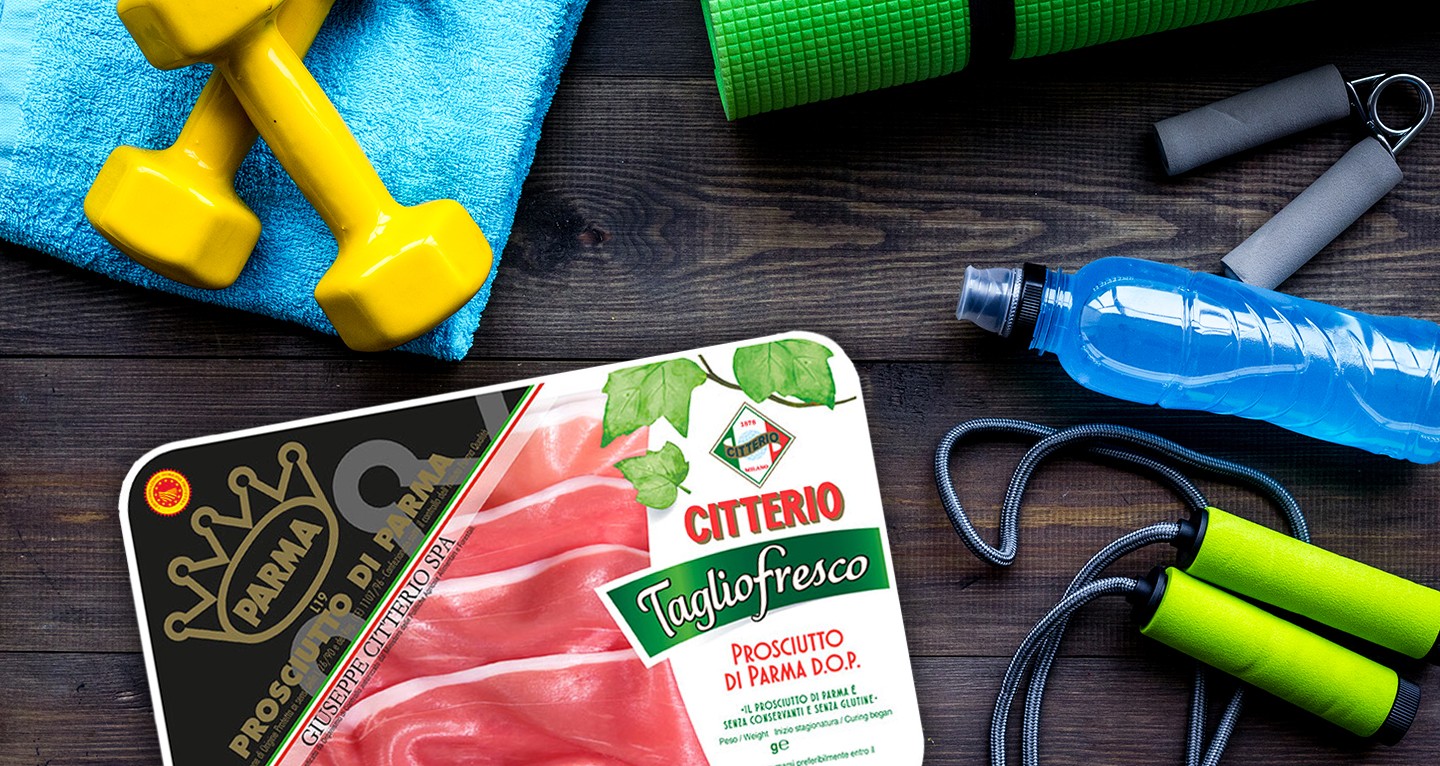
Protein as part of a healthy diet
To begin with, it’s important to understand the importance of protein, both from plant origin (from pulses and cereals) and from animal origin (from meats, fish, eggs, milk and its derivatives); together with carbohydrates and fats, in fact, protein is a fundamental pillar of a healthy diet.
In particular, proteins from animal sources - as opposed to those from plant sources - provide us with all the essential amino acids that our body can’t produce itself.
This is why it’s fundamental to have as varied a diet as possible. The Italian National Diet and Nutritional Research Institute (INRAN, today known as CreaNut) suggests that we should always maintain a proper ratio between carbohydrates (45-60% of total calories), preferably whole grain, fats (30% of total, especially unsaturated fats) and protein (up to 15% of total calories).
Protein and sport
This guidance applies to everyone, but especially to anyone who regularly takes part in sporting activity, anyone who has to consume the nutrients necessary to support exertion and, subsequently, to replace what the body loses, particularly in the muscles.
Anyone regularly taking part in physical activity requires a constant and appropriate intake of protein. In fact, around 40% of all protein present
in the body is in fact destined for the structure and functionality of muscle tissue.
The quantity of protein required changes in relation to the type of sporting activity.
All proteins are indispensable for muscles. In particular, those with the greatest content of the three essential amino acids: valine, isoleucine and leucine, also known as the branched-chain amino acids (BCAAs).
These three BCAAs are not metabolised in the stomach but reach the muscles unmodified. Here, they combat the loss of tissue associated with physical activity and, at the same time, they contribute to the creation of new muscle mass, optimising the overall functionality of the muscle.
The role of cured meats
Cured meats have good quantities of BCAAs. For example, gram for gram (100g), the protein contained in bresaola and speck provide more BCAAs than the protein contained in chicken (breast or thigh). Even Parma ham contains higher levels of BCAAs than some fresh meats!